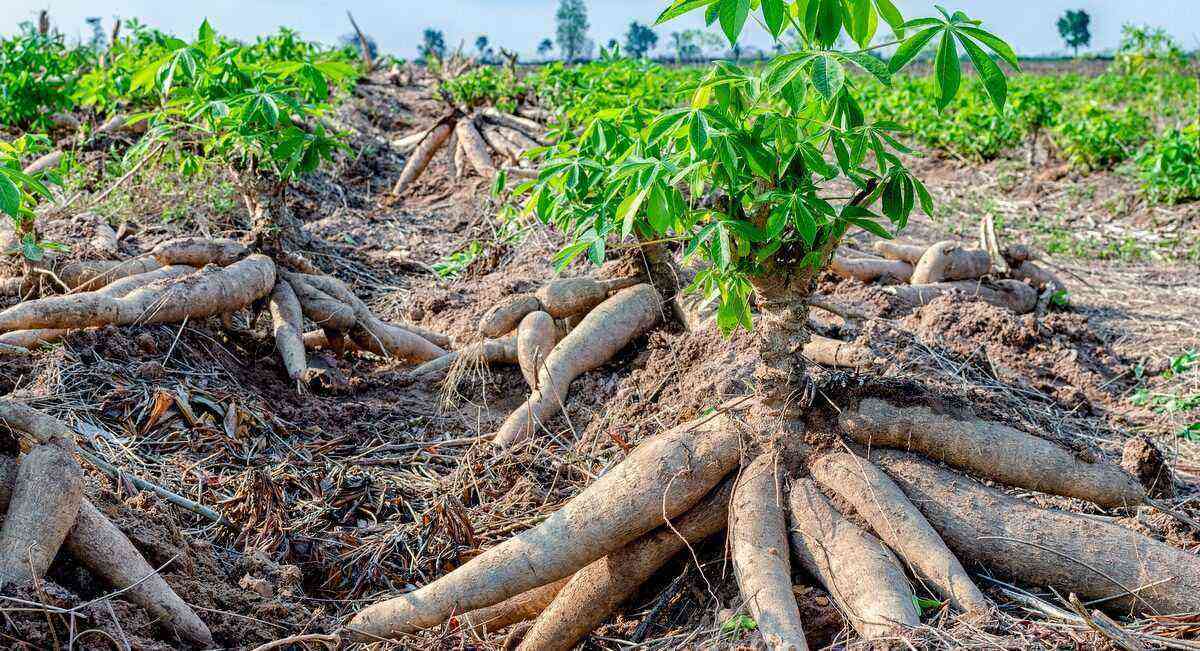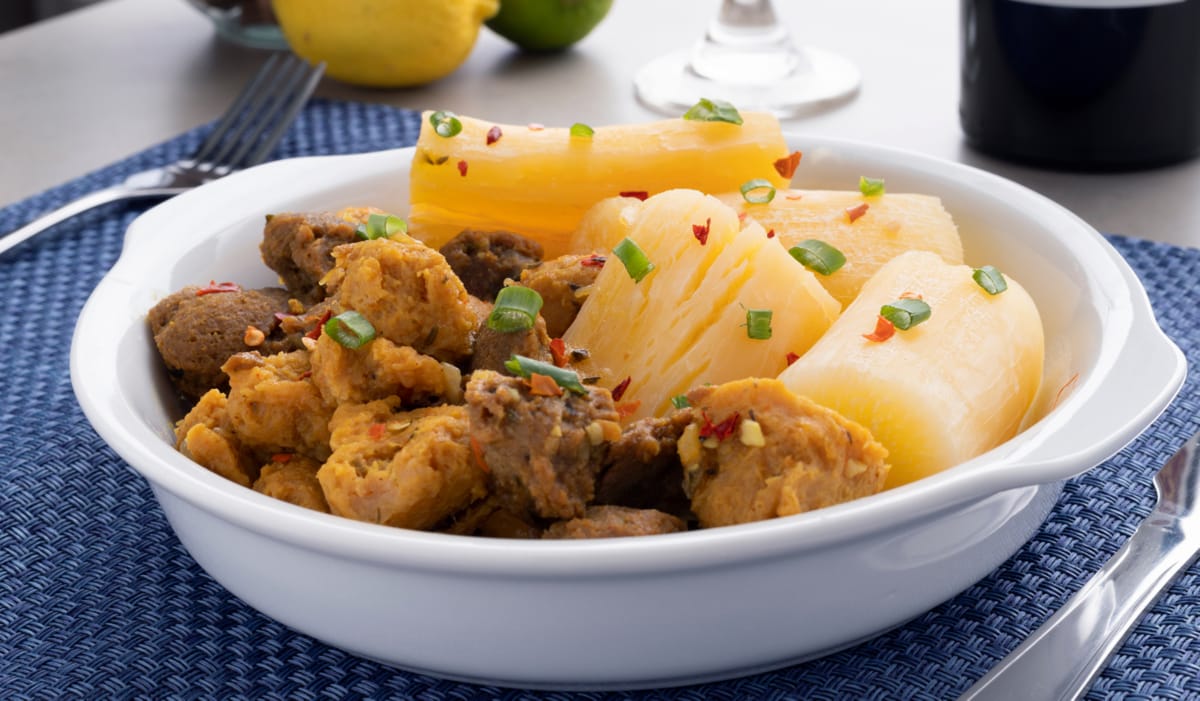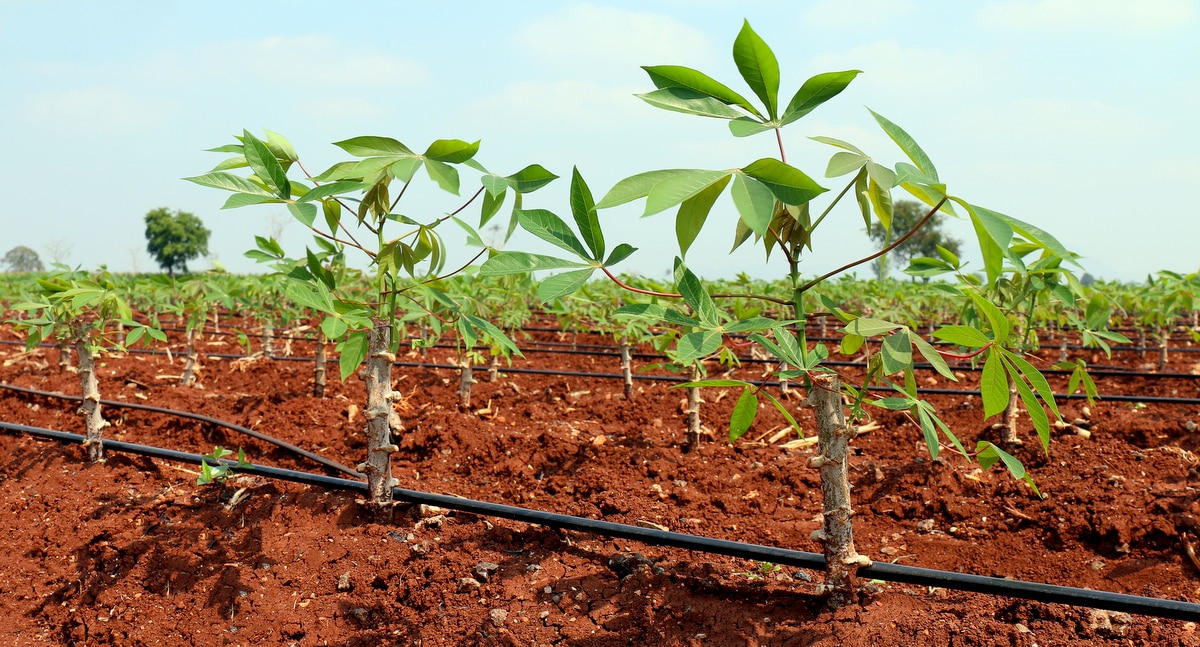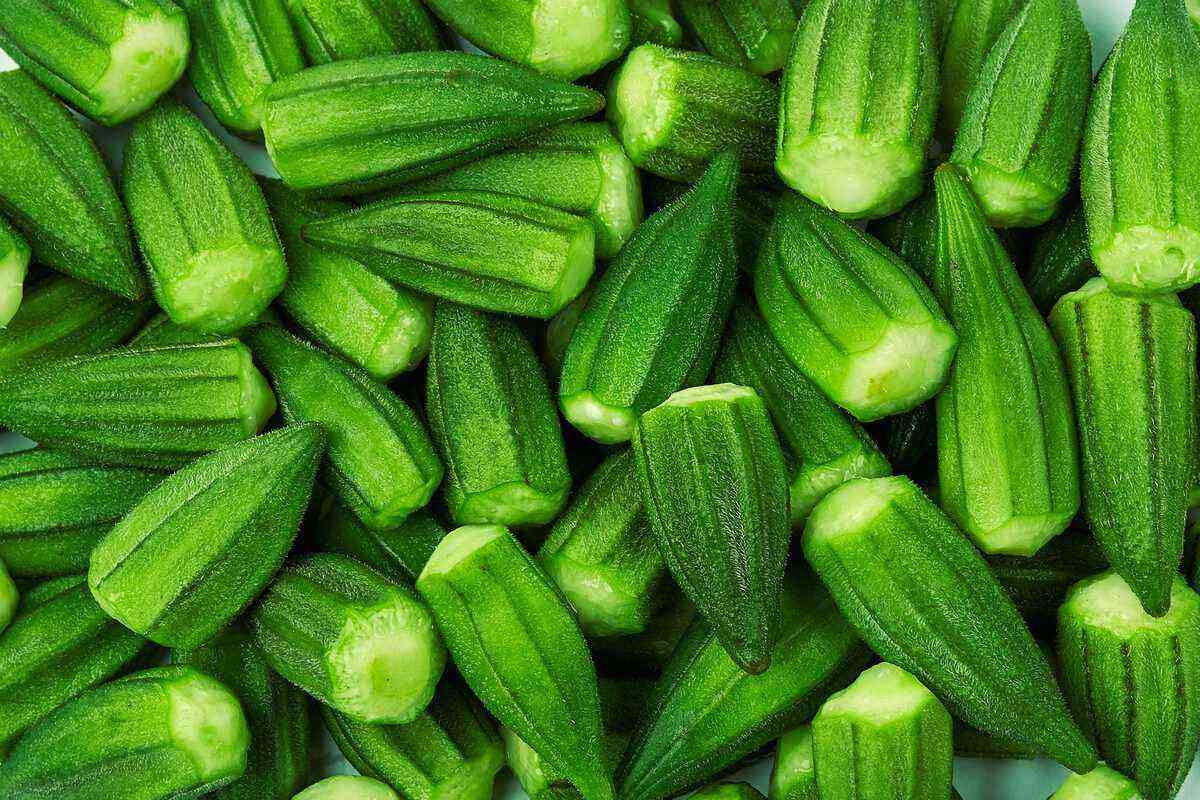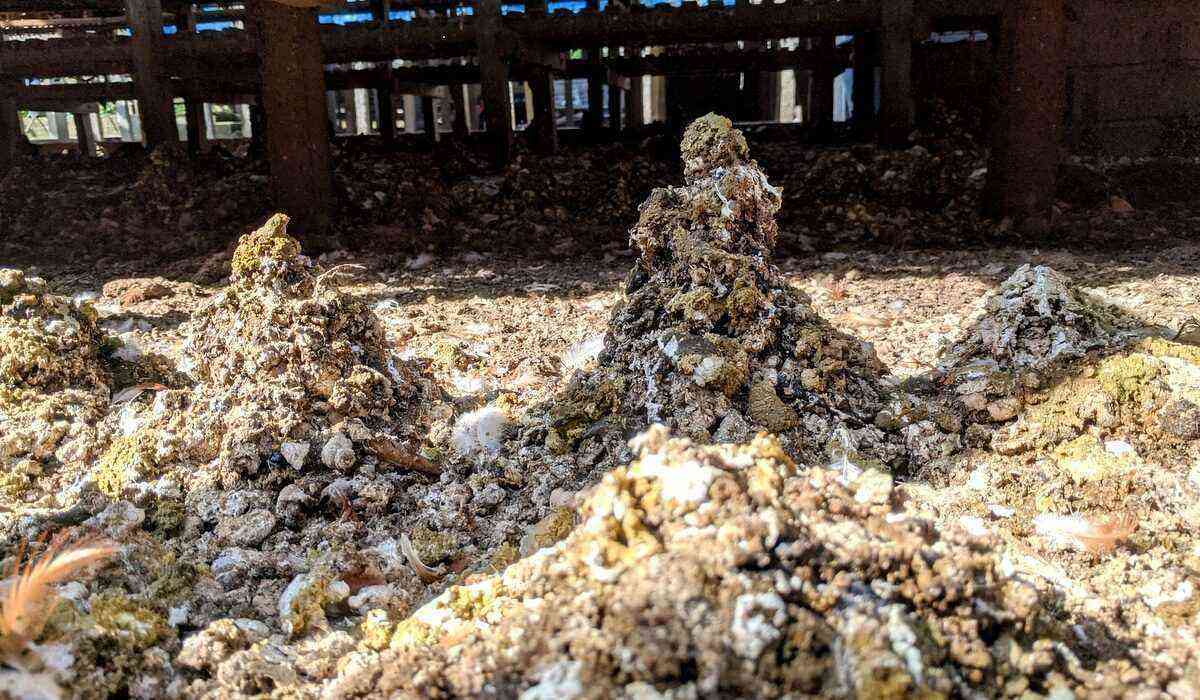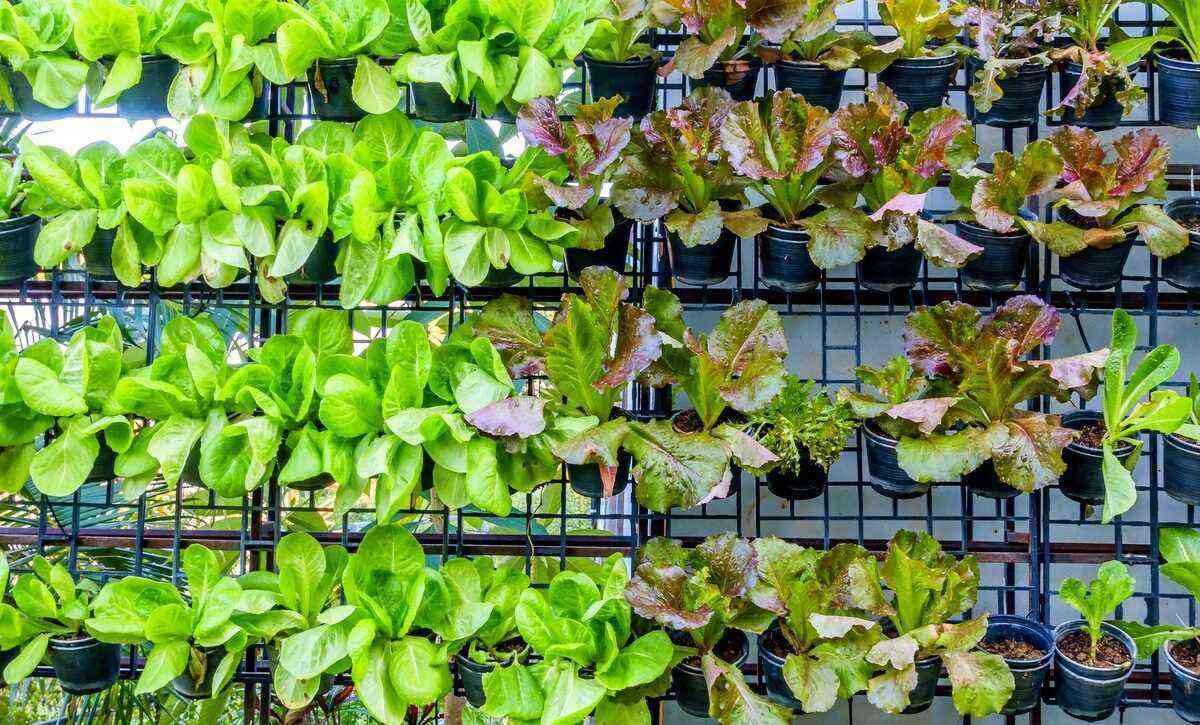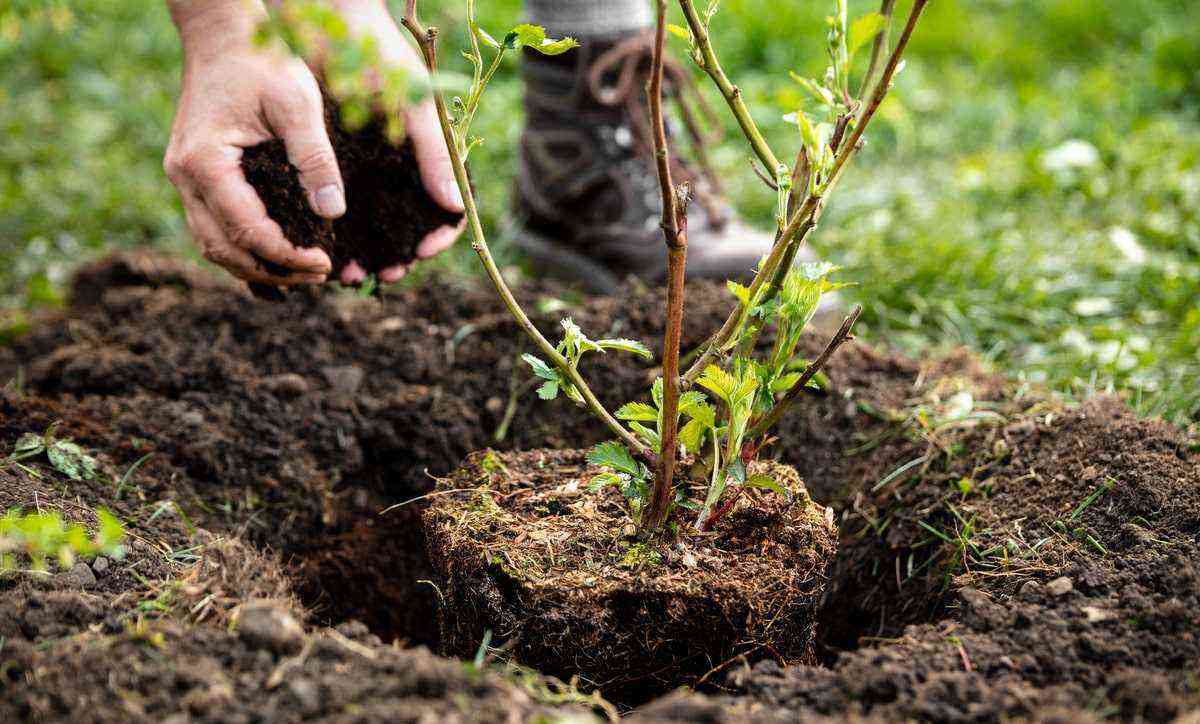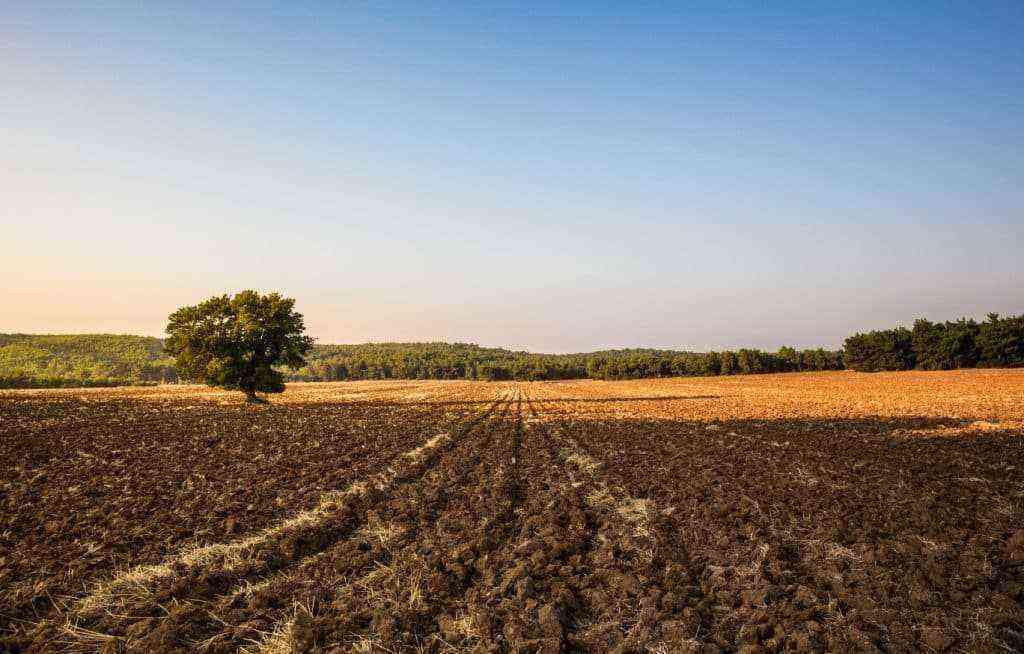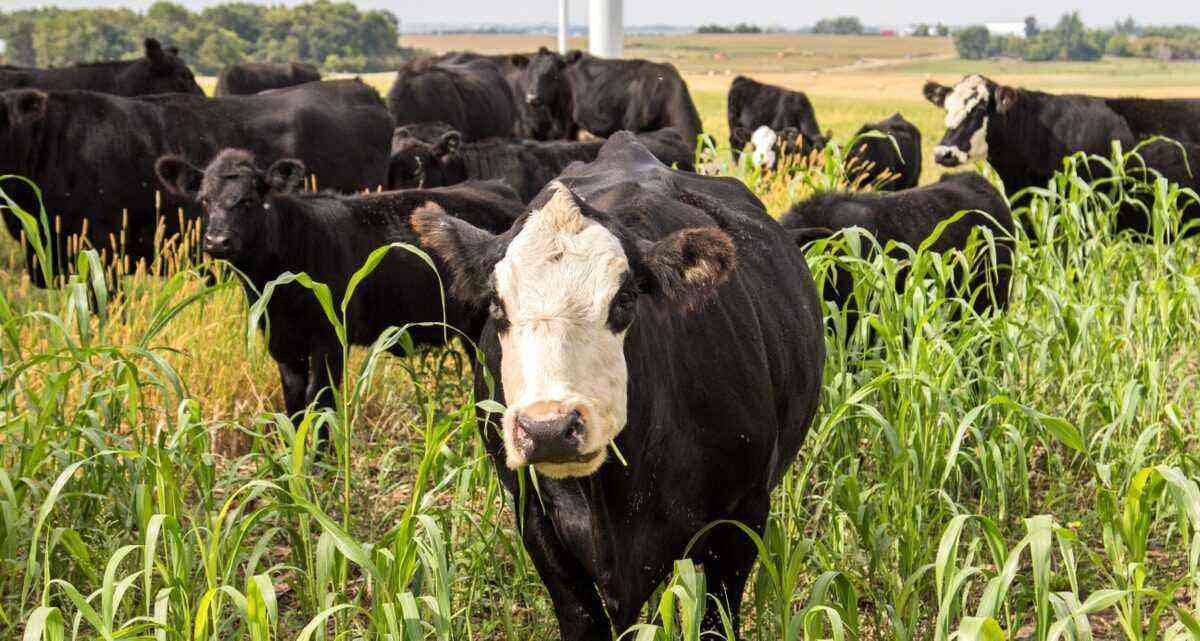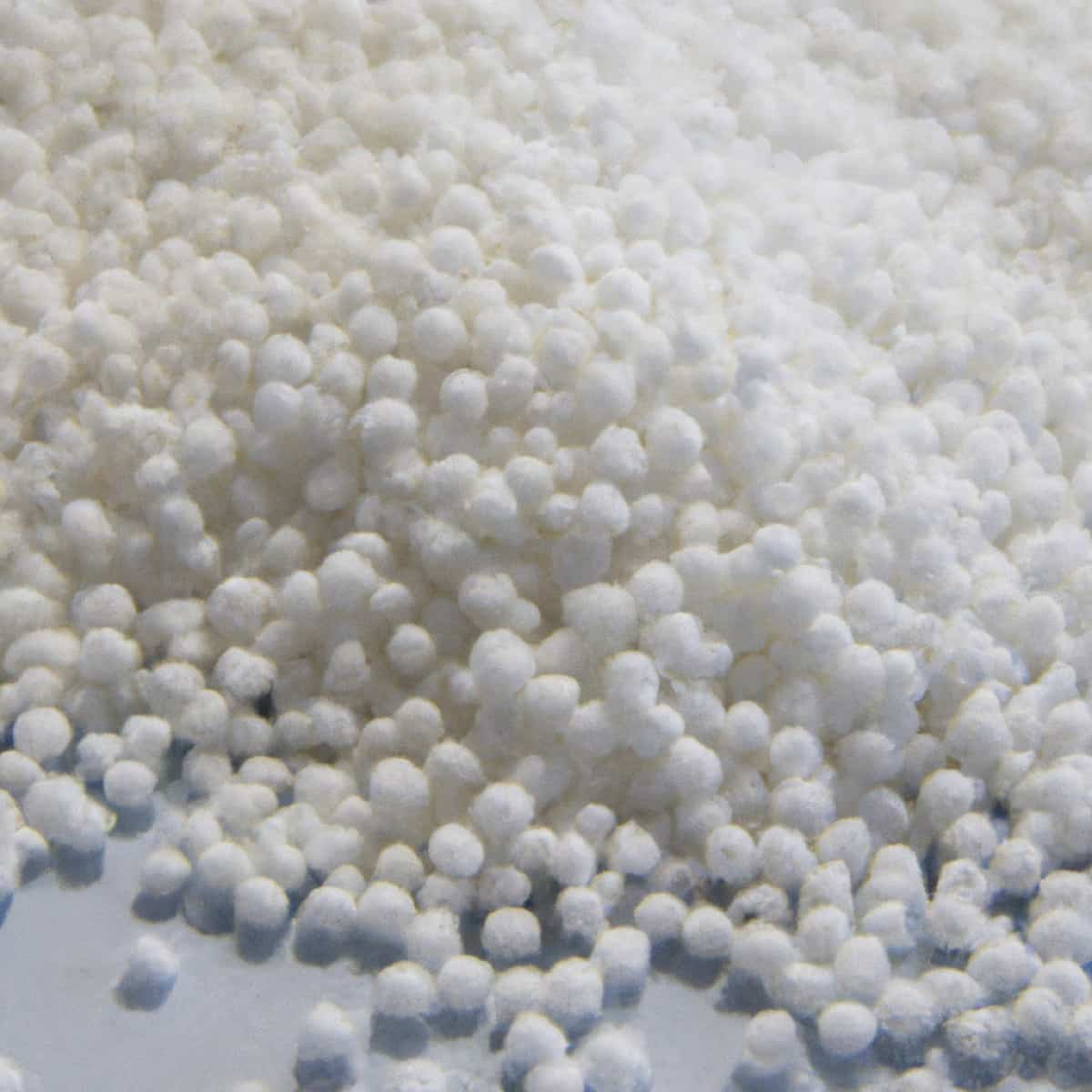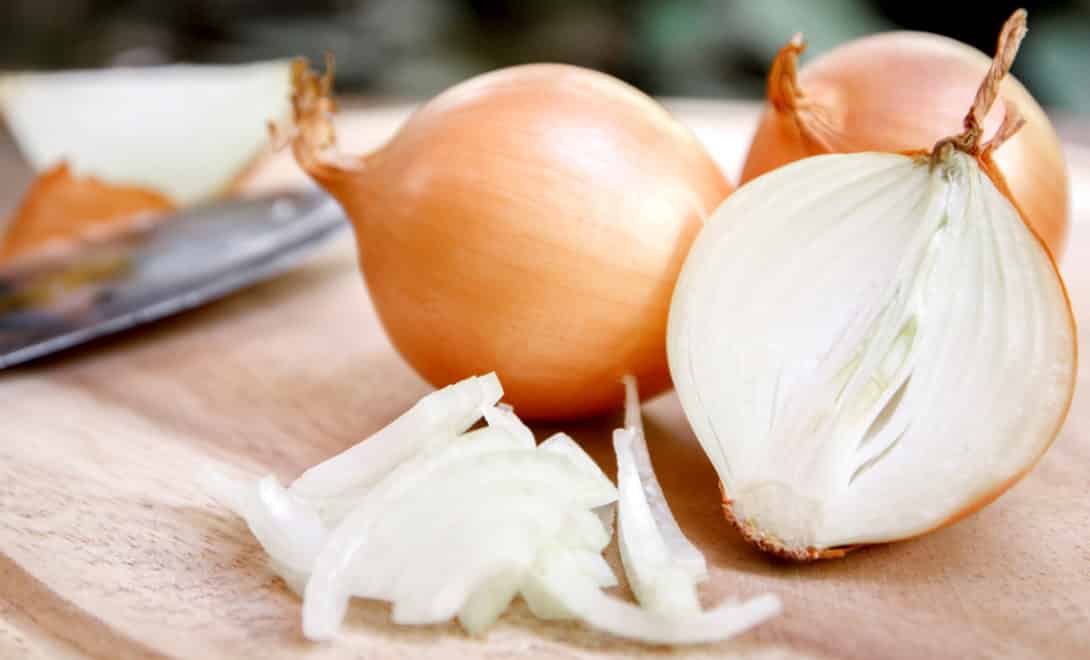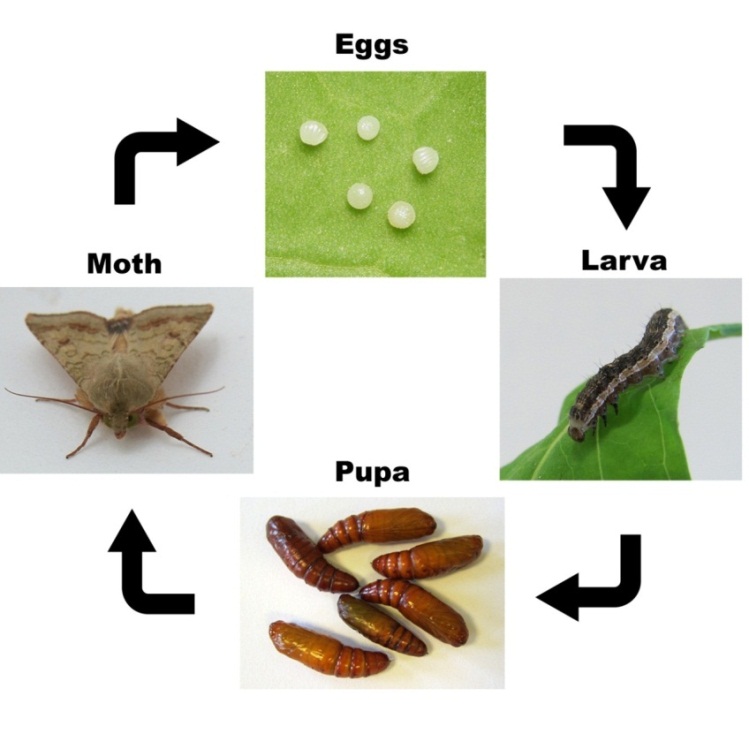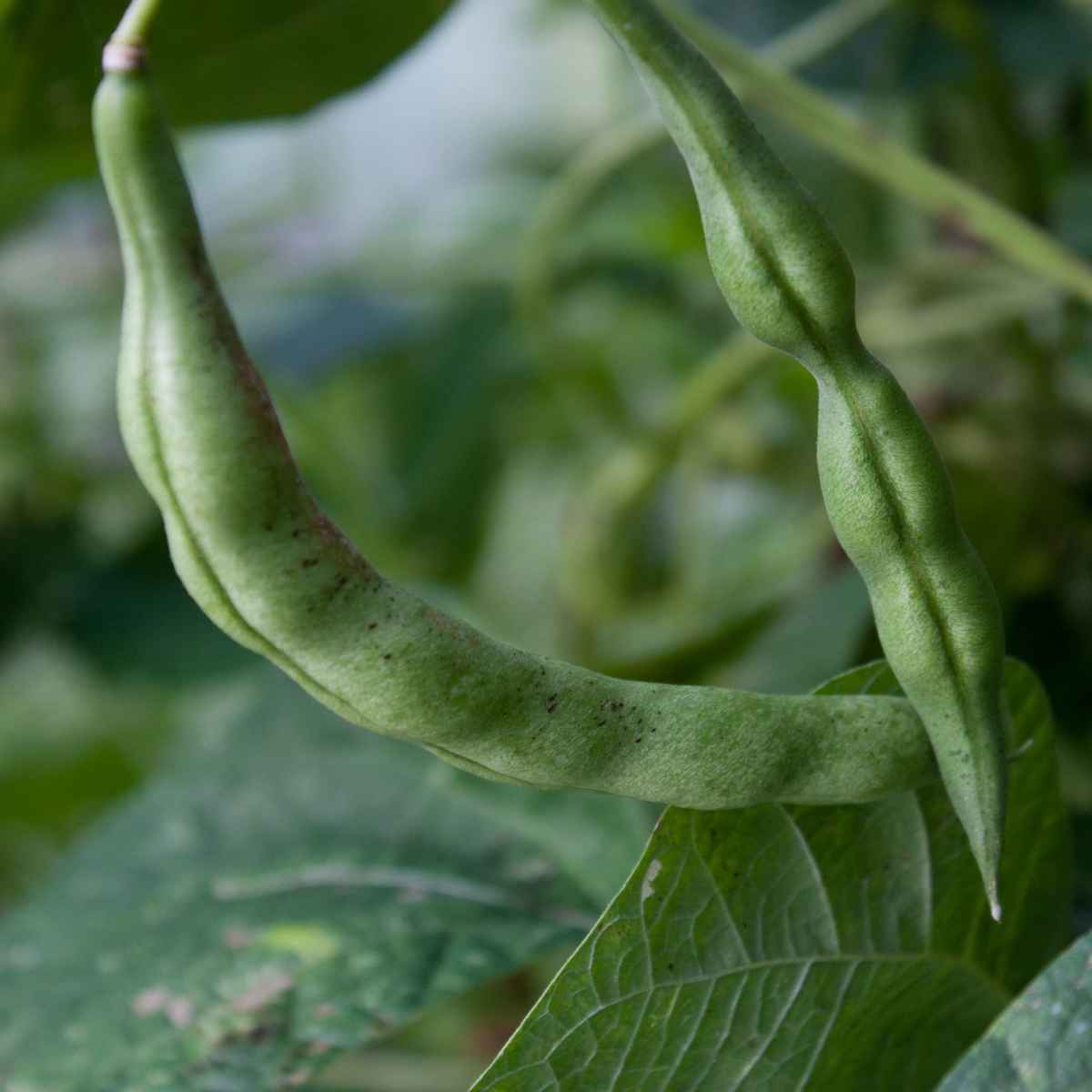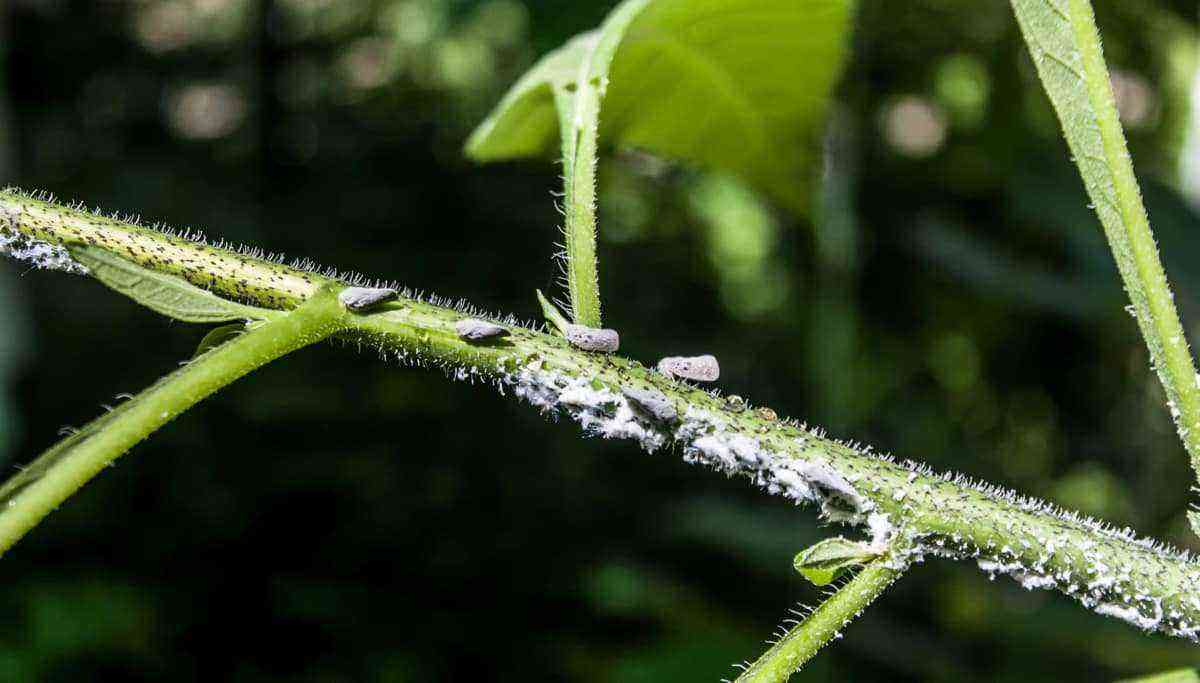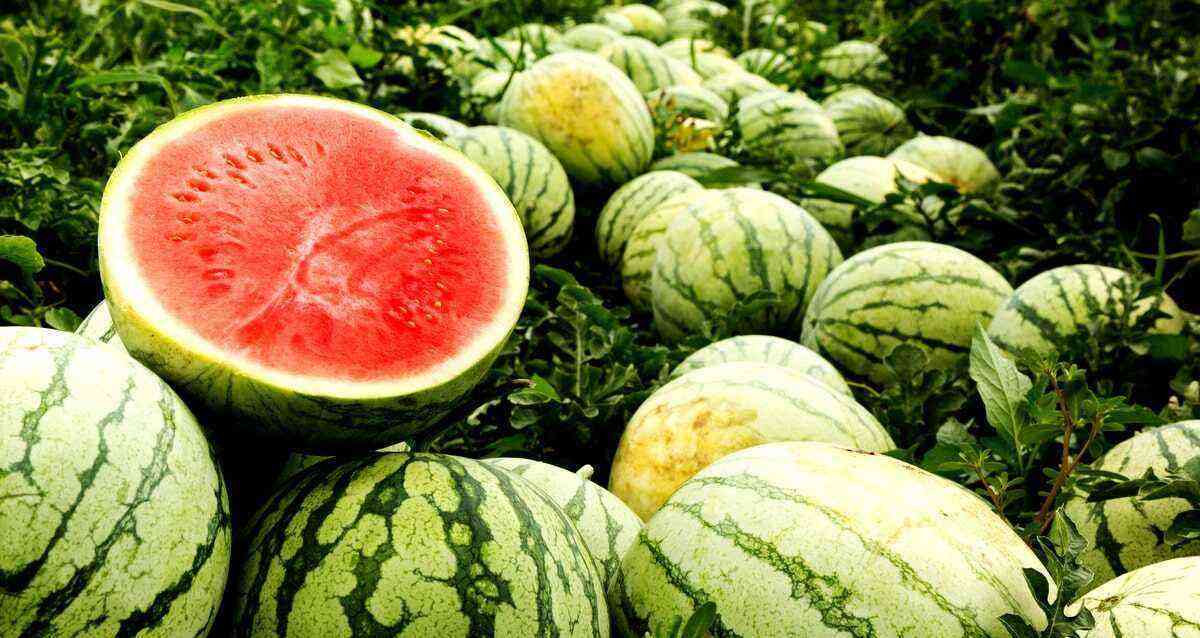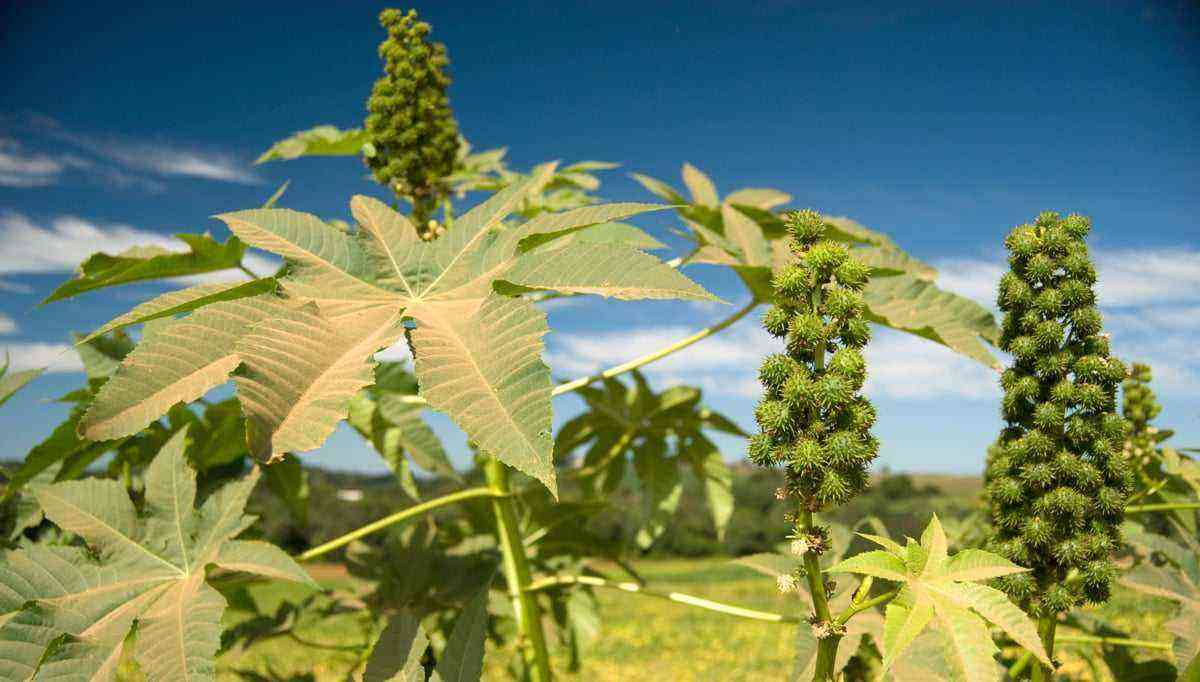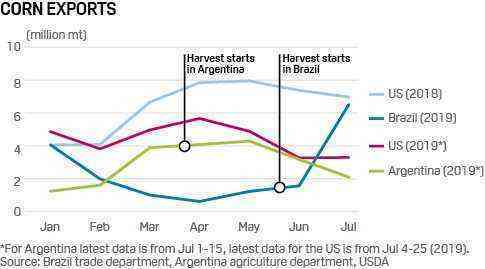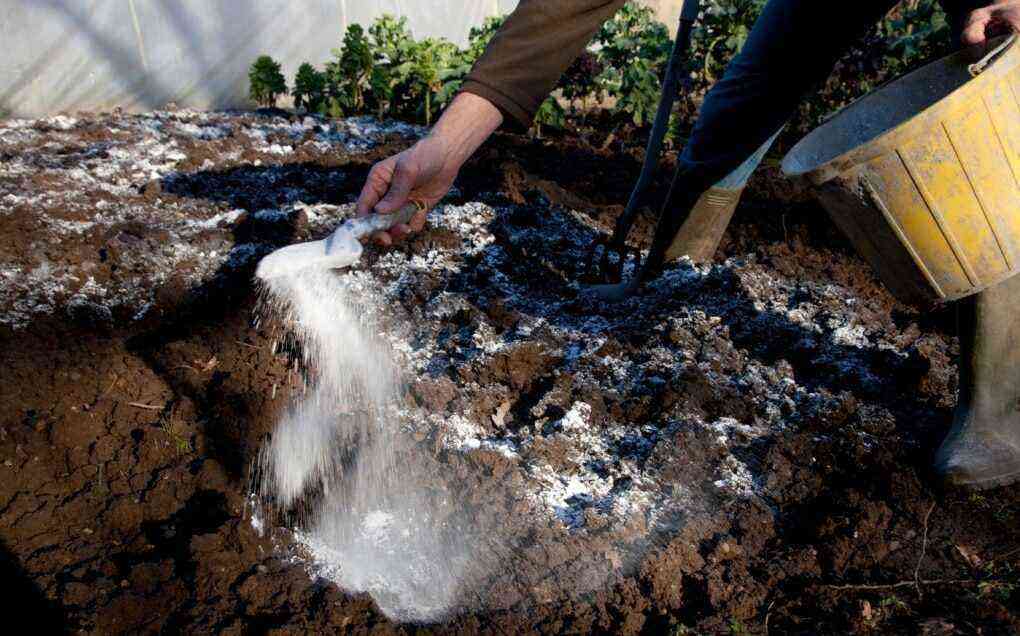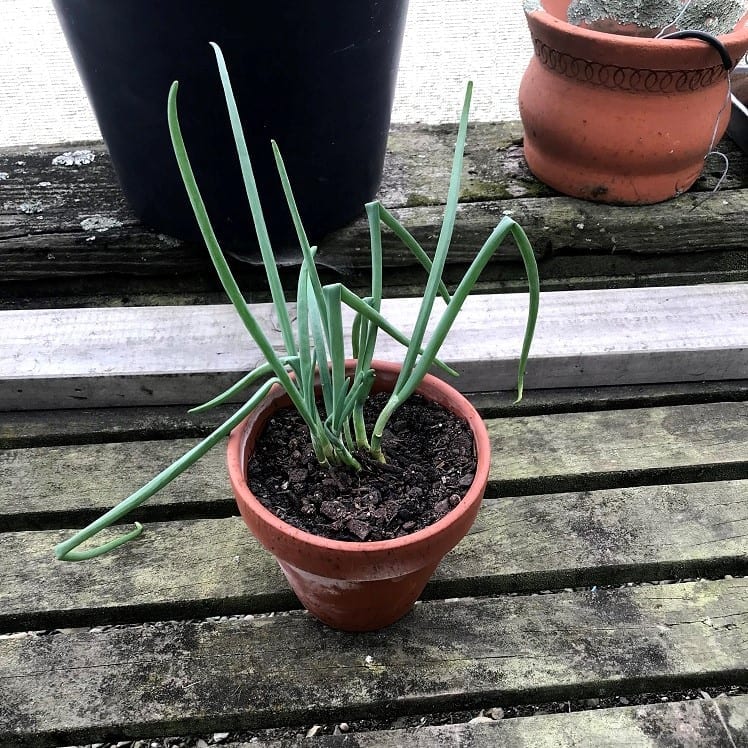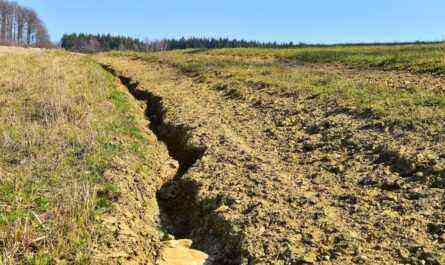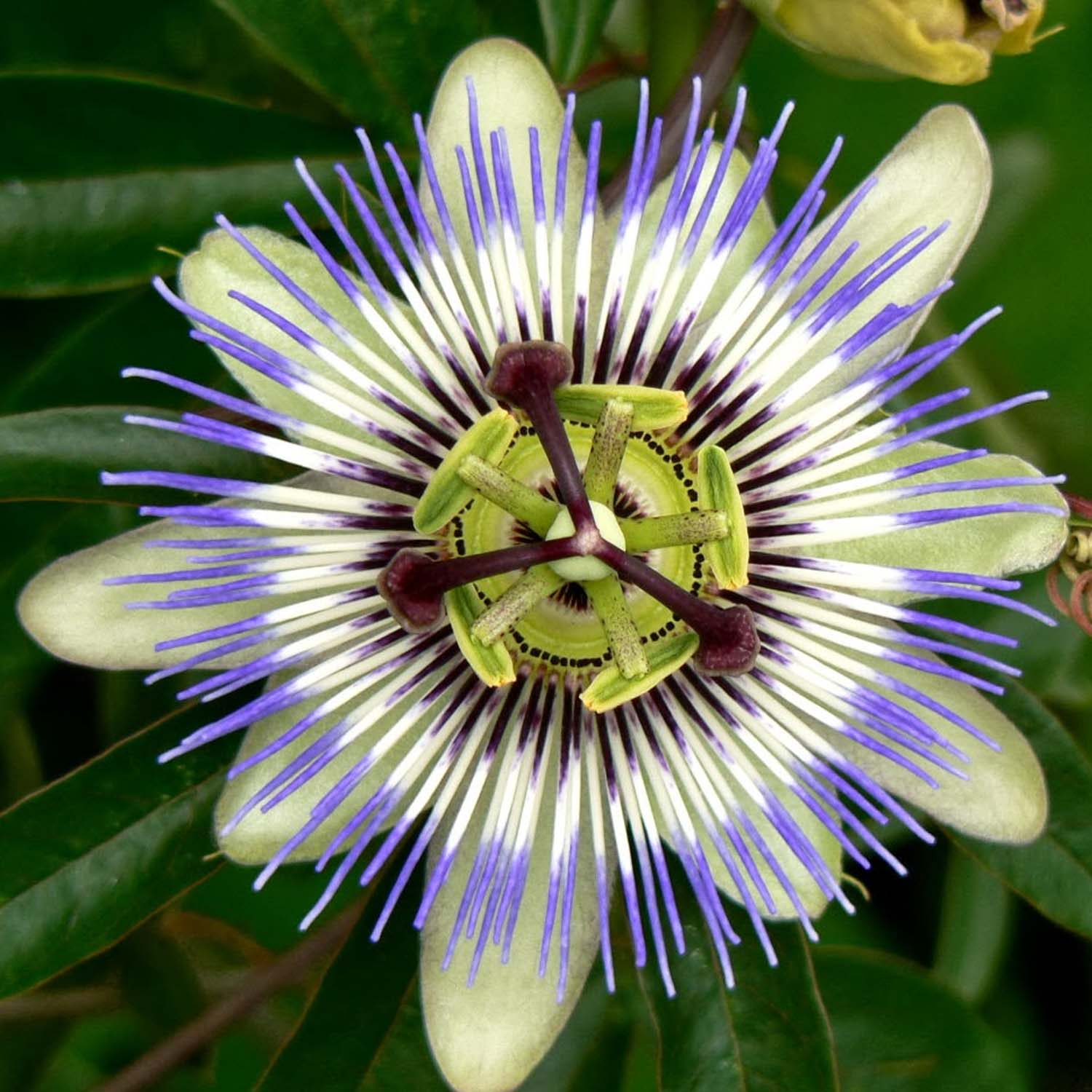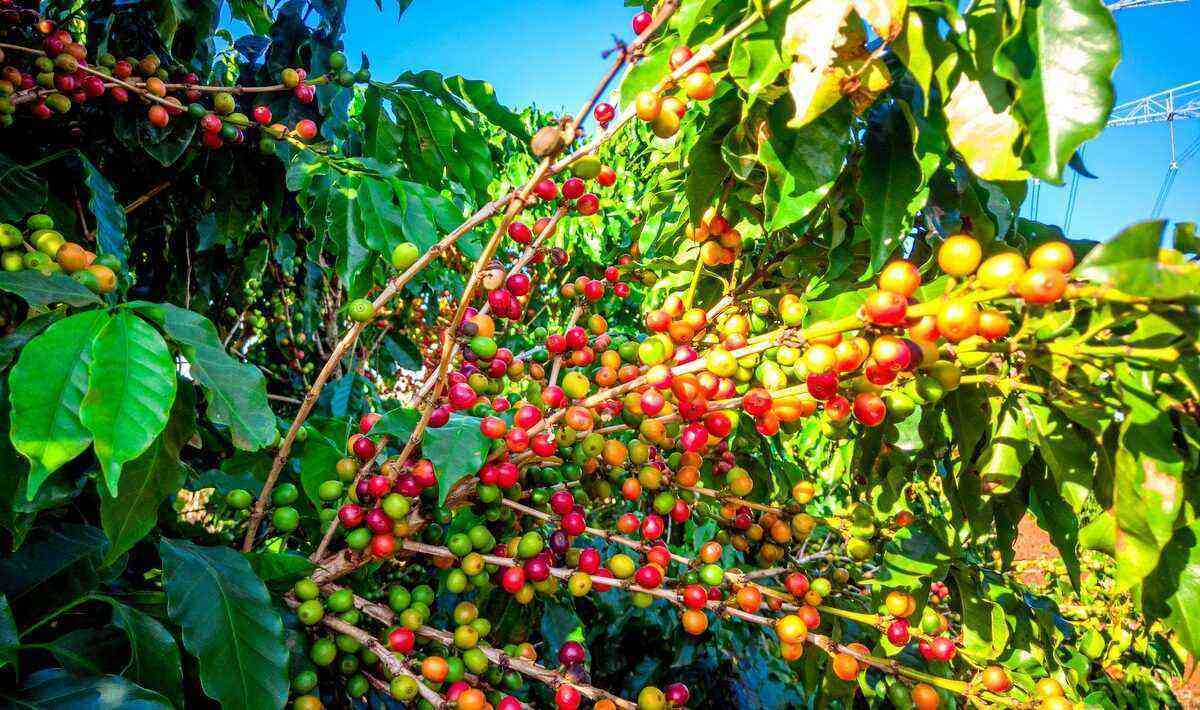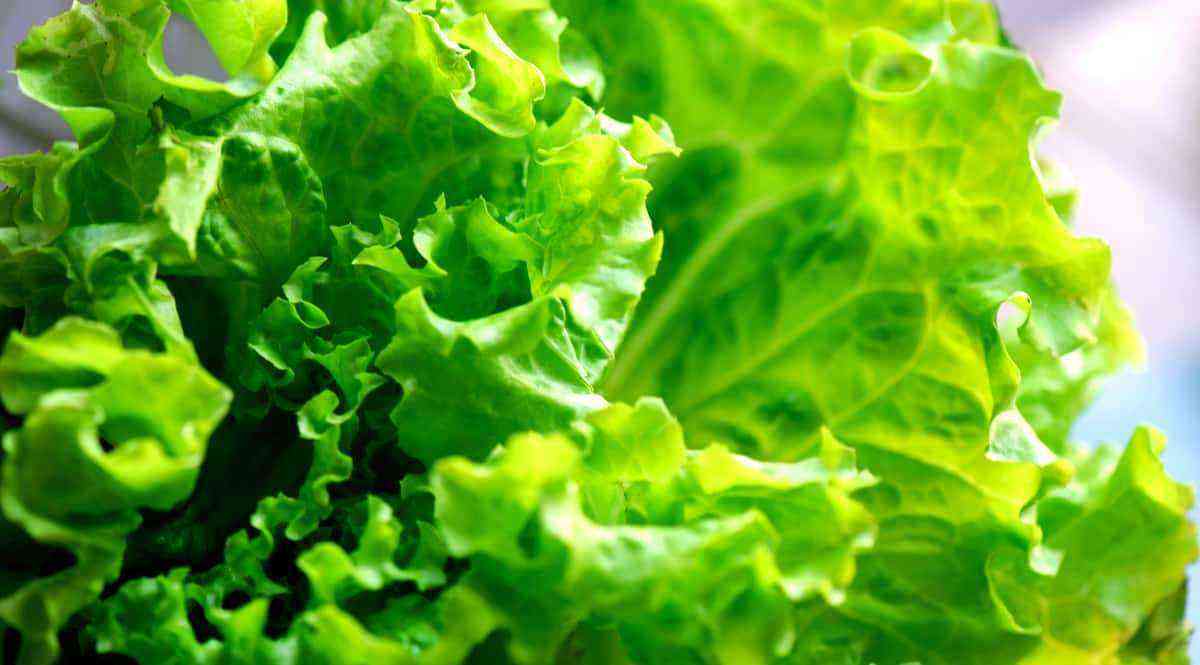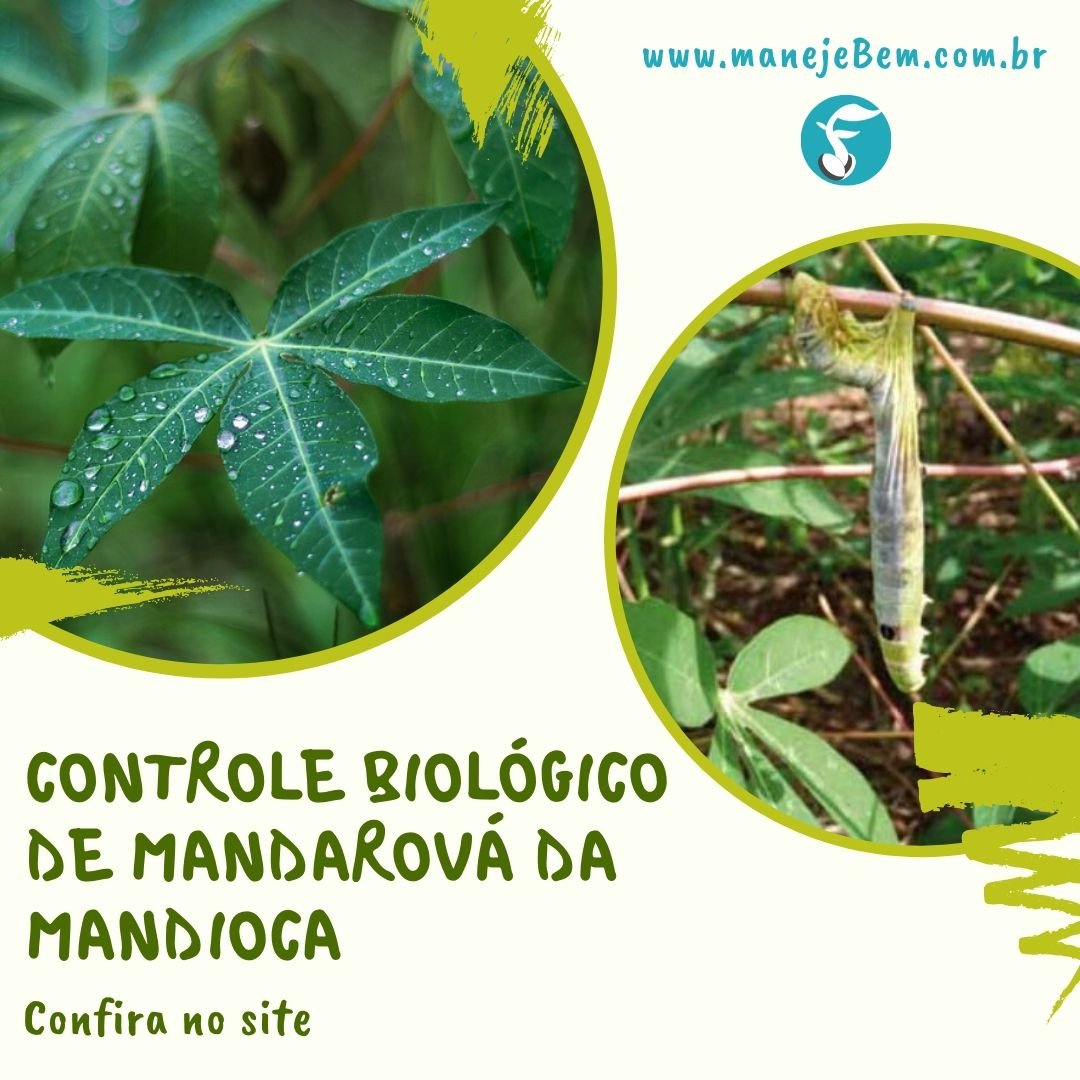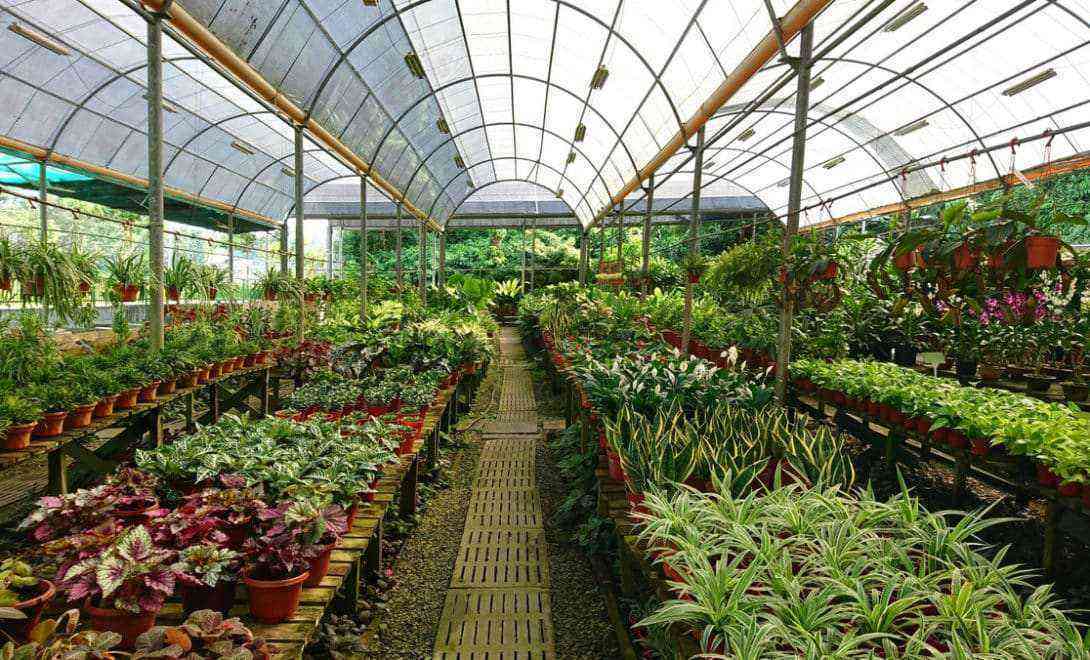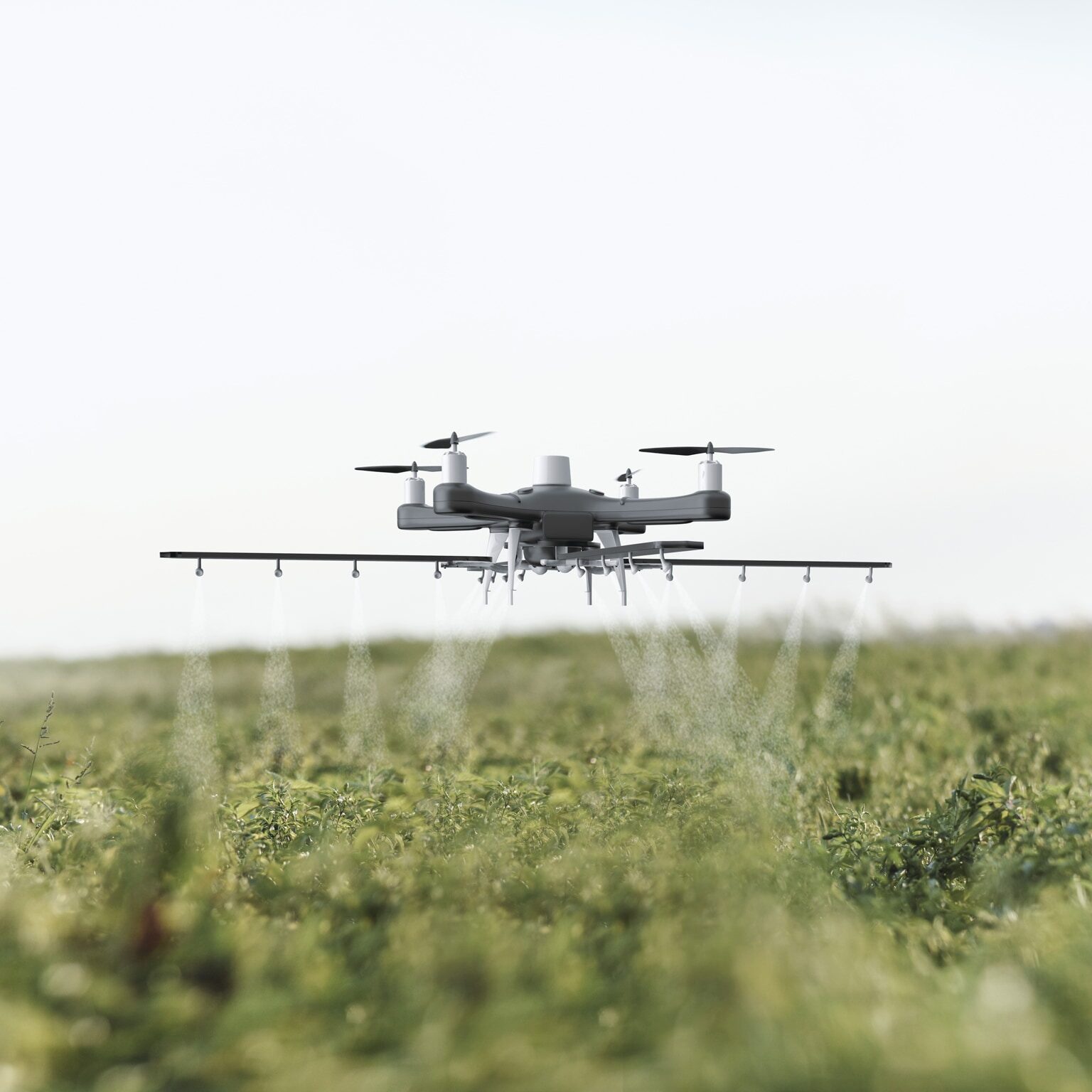Cassava, aipim, maniva, uaipi and castelinha are some of the other names by which cassava is known. Very versatile, it is used in the preparation of different traditional dishes. In addition, it is the basis for the production of many processed foods.
This root of Brazilian origin is of great importance to the food sector around the world. In Brazil, it occupies a prominent place in harvested area, production value and tax collection. Most of what is sold in the markets comes from family farms.
In this post, we will talk a little more about cassava and its various uses, whether in human or animal food. Check out!
Cassava characteristics
cassava (Manihot esculenta) is one of 109 species belonging to the genus Manihot, but it is the only one used in crops for commercial purposes. It can be found in more than 100 countries, in tropical and subtropical climate areas.
The plant is shaped like a bush that can reach an average height of one to two meters. Its branches have a woody appearance, straight appearance and may or may not have ramifications.
Brazil has more than 2 million hectares of cultivated area with cassava.
The part used in cassava in food is the root, which has the function of storing food reserves and, therefore, it is so nutritious. They are shaped like a cylinder or more conical, and their characteristic color is light brown.
The color of the interior of the cassava root can change according to the variety, and can have a yellowish or whitish hue. Each foot develops from 5 to 10 roots, with a size that varies from 15 to 100 centimeters. The diameter is between three and 15 cm.
types of cassava
There are more than 5 thousand varieties of cassava, which differ in their genetic structures, characteristics, and adaptability to environments.
The varieties can be classified into three groups according to their use: table, industry or forage. What will define the purpose for which cassava can be destined is the hydrocyanic acid (HCN) content, the starch content, the ease of cooking, the taste, the quality of the dough, the percentage of dry matter, etc.
Cassava can also be classified as tame or brava. The difference between the two types is the amount of hydrocyanic acid in each one, being: tame those that have less than 100 mg of HCN per kg of fresh root pulp, and wild those that have more than 100 mg of HCN per kg of fresh root pulp.
Hydrocyanic acid is a substance with high levels of toxicity. Its ingestion can cause hyperthyroidism and konzo, an irreversible disease that causes paralysis in its bearer.
Use in human food
Both wild and tame cassava can be used in human food. However, the difference is that the first needs to go through processes that reduce its percentage of hydrocyanic acid. Therefore, the cassava that we find in the market is usually soft cassava.
In cooking, it is used in the preparation of various dishes. How about a “pot” meat with boiled cassava?
In Brazil, wild manioc is most used for industrial purposes, because in addition to being more widespread, it has greater productivity and rusticity. Among the various industrialized products from cassava, we can highlight:
- water flour: produced with the root of wild manioc, this granulated flour can be used in the preparation of couscous and, if fermented, gives rise to puba pasta;
- Tapioca flour: produced from starch; it is used to make tapioca and couscous;
- sprinkle (sweet/sour): type of extra fine starch is obtained through grated, pressed and washed cassava. This process results in a liquid that is put to rest until the starch settles. The sour version of this flour is obtained after the liquid has fermented for 20 days;
- tucupi: broth with an acidic and striking flavor, very common in the North of the country. It is obtained from the fermentation of the liquid that results from the pressing of the wild manioc mass. Before being consumed, it needs to be boiled until the hydrocyanic acid evaporates, so this process can take days;
- maniva: a common delicacy from the northern region of Brazil, it is a paste obtained from the crushing of wild manioc leaves, so the paste also needs to be boiled, without breaks, for seven days, so that it is ready and safe for consumption. human.
Use in animal feed
In animal feed, both the roots and the aerial part of the plant can be used. The aerial part can be offered to the animals in the form of silage, hay or pellets, pure or mixed with other foods.
Regardless of the type of cassava and the part of the plant offered to the animals, when they are fresh, they must be chopped and wilted for at least 48 hours to reduce the levels of hydrocyanic acid, avoiding intoxication in the animals.
The chopped and dried cassava roots are called shavings or shavings, and are an excellent source of carbohydrate for cattle and swine. The leaves have a protein content of 12 to 16%.
In the video below, check out how to use cassava as a food source for livestock:
Source: Mais Unai Agency.
How cassava is grown
Growing cassava is quite simple. It develops best in hot and humid climates, with high luminosity, preferring temperatures between 25 ºC and 30 ºC, and below 10 ºC or above 40 ºC, its growth is impaired.
The planting, which must coincide with the beginning of the rainy season, is made from pieces of the stem (between 15 and 25 cm), called stems, which are removed from plants that have already been harvested. Each part of the stem to be planted is placed inside a hole that will give rise to a new cassava plant.
Although cassava cultivation does not require special care, irrigation of crops can increase productivity, especially in the initial phase.
The spacing to be used will depend on several factors such as soil fertility, the variety of cassava and the type of planting. This plant grows well in different types of soil, tolerates a certain level of acidity and has great resistance to pests and diseases.
The harvest, in general, should be done at times when the plants are in vegetative rest caused by low temperatures or dry weather, as this is the moment when maximum production of roots and starch is reached.
Furthermore, after harvesting the roots must be processed within 48 hours to avoid deterioration. For smaller quantities, destined for the table, it is common to transport them in boxes with sawdust for conservation. In addition, the commercialization of peeled and frozen cassava has become increasingly common.
Therefore, as we show in this article, cassava is one of the most popular products in Brazilian food, with a very diversified use and an excellent source of income for the producer.
To continue on the subject, also access our post that talks about a new variety of cassava developed by Embrapa, which has greater productivity. Good reading!
